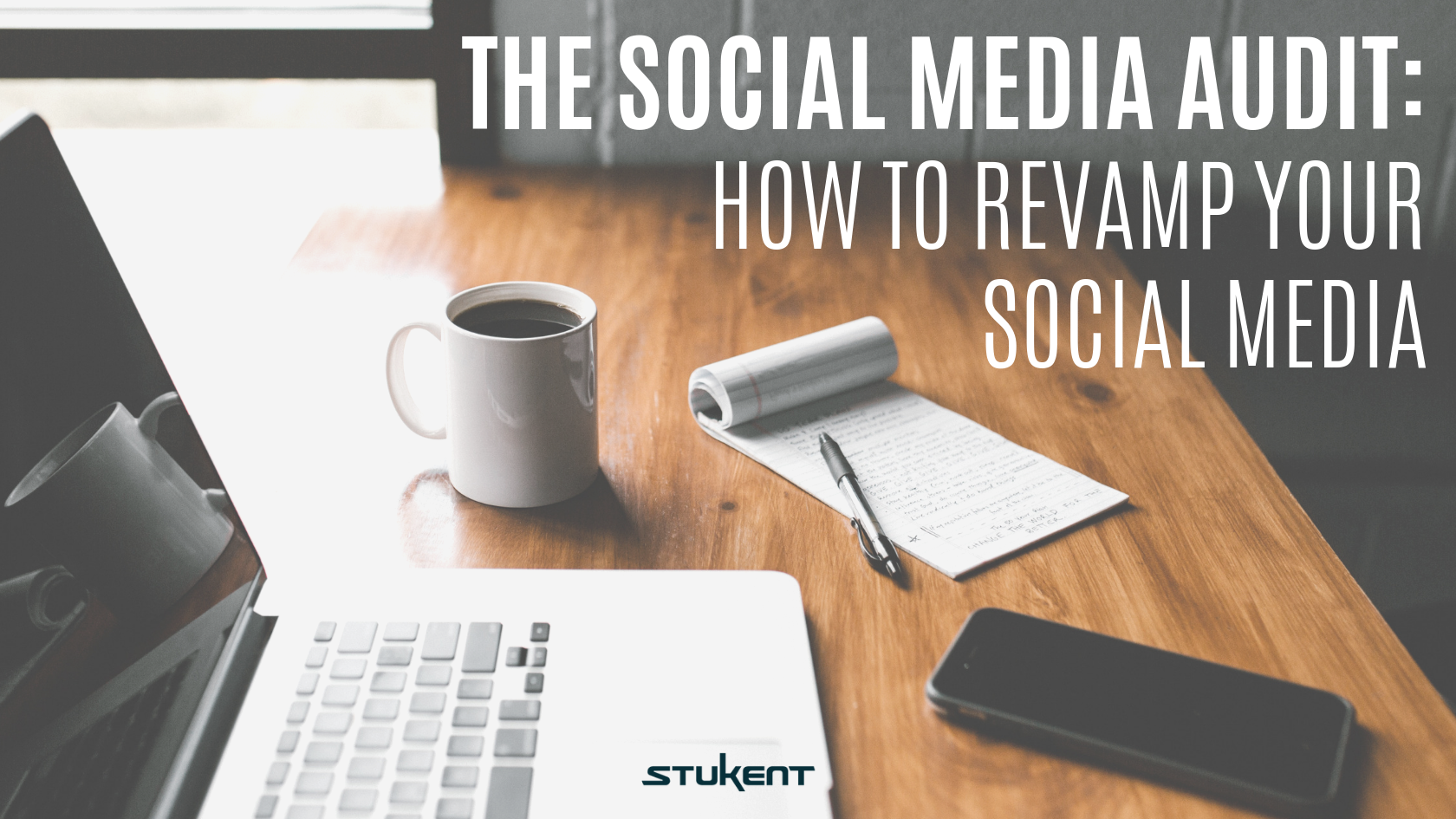A social media audit is valuable and vital for every business, individual, and organization alike.
This article will provide you with everything you need to know about the social media audit. If you want to become a pro at branding, analyzing, even marketing, then take a look at what a social media audit can do for you.
The differences between successful and unsuccessful social media can all be addressed through a regular social media audit.
Not to worry, there are countless tips and tricks to performing an effective social media audit in this article. You will be able to access plenty of helpful resources, including a free assignment for conducting a thorough social media audit and a chance to expand your social media education.
What a Social Media Audit is
A social media audit can vary for every business, individual, and company. Often, a social media audit finds points of weakness within a network of various social media channels and seeks to build up points of strength.
According to Hootsuite, “‘Audit’ can be a scary word, but it doesn’t have to be. In this case, it’s simply the process of hunting down all of your company’s social channels, as well as any imposter accounts, and compiling key information about each account, all in one place.”
Hootsuite provides a handy video for getting the most use out of your social profiles:
A strong marketing plan generally includes a social media audit because an audit ensures that an organization’s branding remains identifiable on each of their social channels. It provides a way to gauge effectiveness of objectives and strategies.
The Importance of a Social Media Audit
A social media audit exists to adjust and reinforce branding, but more importantly, to help you identify weaknesses in achieving goals and executing strategies.
An audit can help answer questions such as:
- Are we posting enough on each of our channels?
- Which social media channels are providing us with the most engagement?
- Are we wasting time on certain channels when we should be focusing on others?
Business is all about knowing your competitors. If you are using the social media audit, it is safe to assume your competition is too.
Home goods store, Wayfair, was one of the first companies to take advantage of the shopping feature Instagram added to business profiles. They began posting high quality images of their products and attaching tags to every purchasable item rather than using paid ads, absolutely changing the game.

You will find ways to stay at the top of your game by continuously improving and reinventing your social media goals and strategies through performing a regular social media audit.
Conducting a Social Media Audit
There are several steps to conducting a social media audit:
1. Write down all of your social media accounts
Are all of your channels uniquely identifiable?
Thoroughly search for every platform your company is on. Even a simple Google search can do the trick. Social media channels will often show up on the first page of results, but you may still have to dig for less popular platforms.
You will want to keep your eye out for any imposter or incomplete channels that may be pulling attention away from your company.
It may seem obscure, but sometimes intense fans or extreme followers will create mimic accounts. It is important to take care of those issues during your social media audit to ensure maximum engagement. Most social media platforms provide ways to report imposter accounts.
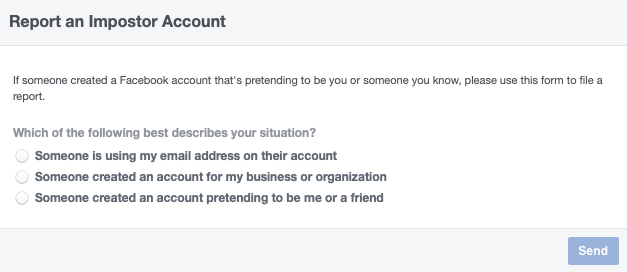
2. Check for brand consistency across all of your channels
Are all of your channels consistent with your brand?
Branding is a major component of a social media audit
According to Stukent, “Branding means being consistent in using the same font and designs across the board to create a unique identity for your brand. This is your chance to define your brand to your consumers.”
Let’s say you own a small start-up that sells reusable bags, straws, and containers. In order to gain a wider audience and, more importantly, more customers, you’ve created an Instagram, Facebook, and Twitter account for your business.
You want to be sure your social media accounts are consistent with your mission statement but individualized to each channel’s demographic. Branding is also valuable in choosing a similar, even identical, handle and profile photo for every channel.
For example, Patagonia’s mission statement says, “At Patagonia, we appreciate that all life on earth is under threat of extinction. We aim to use the resources we have – our business, our investments, our voice and our imaginations – to do something about it.”
On their Instagram page, you can find an individualized mission statement for that channel’s demographic:

And, on their Facebook page, you can find the same thing:

Even on Twitter, you will find:

Some things to look out for when checking brand consistency:
- Out-of-date, mismatched logos
- Poor and inconsistent company descriptions
- Incorrect links to your website
- Improper use of a featured image (if this feature is available)
3. List all of the important metrics you want to monitor
What are your key performance indicators or KPIs?
KPIs are important in a social media audit because they direct focus to points of performance that are most valuable to your company.
You will begin by making a list of important metrics to track for your business. Then, it is important to prioritize those metrics, so you invest resources into monitoring performance indicators that fuel company objectives and strategies.
Important metrics may include:
- Followers
- Likes
- Shares
- Comments
- Messenger chats
- Clicks
- Video views
- Email signups
- Sales
Digital marketing expert and co-founder of Kissmetrics, Neil Patel says, “If you’re engaging in social media, then you should be measuring those activities. How else will you know how you’re doing?”
Patel provides a nifty video for understanding some of the most important social media metrics:
Keep in mind you want to monitor metrics that align with your audience, brand mentions, website traffic, conversions, and revenue because there is no point in paying attention to information that won’t further your company’s success.
4. Analyze each social media profile
How effective are your social media profiles at meeting objectives?
You will collect the majority of your data during this stage of a social media audit. It may seem like a lot of information all in one place, but it is extremely valuable data.

You will be able to see what is working and what isn’t during this stage of the social media audit. You’ll sometimes make grand plans for initiatives that look fantastic on paper but don’t quite pan out once you compile the data.
Crucial decisions that will maximize your resources become easier to make once you have a set of data. It will be plain to see which marketing efforts are working for you and which efforts are working against you.
Some important things to look for:
- How often do you post on each platform?
- How much engagement do you get on your posts?
- How much time is required to manage the platform?
- How quickly or slowly does it take to grow your audience on the platform?
- Is your target audience even on the platform?
- Why do the top performing posts perform so well?
There are many tools you can use during your social media audit to make data analytics a bit less intimidating. Your company’s’ budget, needs, and objectives will help you determine which analytics are most important to your company.
There are generally free analytic tools within social media platforms.
Analytic tools include but are not limited to:
- Facebook Insights
- Google Analytics
- HubSpot
- Iconosquare
- Pinterest Analytics
- Sprout Social
- Twitter Analytics
- YouTube Analytics
Buffer, a company specializing in social media marketing, provides seven helpful tips for becoming a better data analyst and reporter:
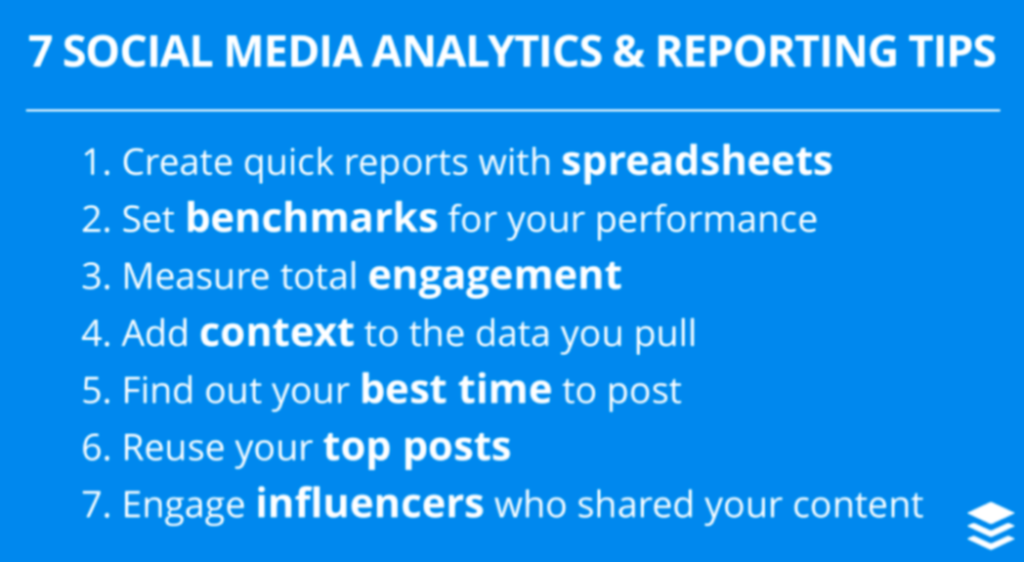
Analytics tools can help you research potential trends, project the effects of possible decisions, and evaluate the performance of past decisions. It is valuable to understand how decisions have affected or will affect your company.
After all, a business doesn’t know what it doesn’t know.
5. Review your social media marketing budget and calculate your ROI
Are your social media costs resulting in a profit?
It is often hard to measure social media marketing ROI, so it can be easy to overlook this step when conducting a social media audit.
There are specific steps to budgeting when it comes to a social media audit:
- Determine what your social media marketing budget is
- List all of your social media marketing efforts that cost money
- Add up all of your expenses
- Compare expense costs to the money you hope to earn from those efforts
There are several organizations providing tools to help you compute your company’s ROI during a social media audit. For example, Hootsuite has a nifty calculator you can use to determine the return on your social media investments.
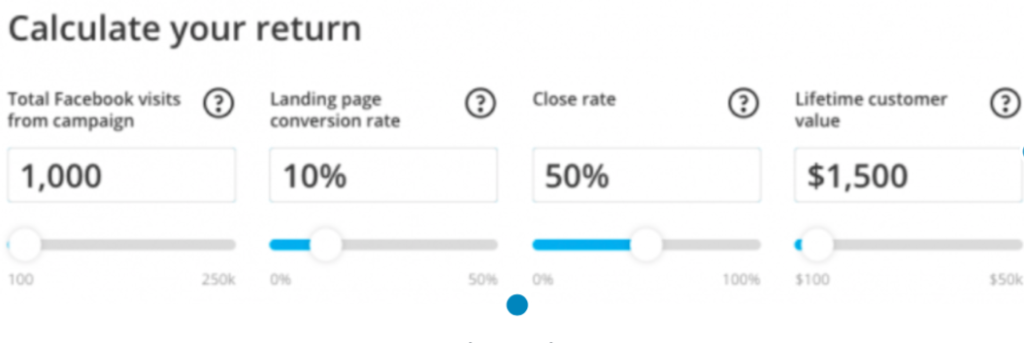
Costs to consider when reviewing your budget:
- Social media advertising
- Consultant or agency fees
- Third-party analytics and management tools
- Contest software
- Apps and tools to create content
- Social media employees
- Professional photographers and equipment
Don’t be afraid to continue investing in efforts that have proven to pay off after completing a thorough budget review.
6. Audit your competition
What are your competitors doing?
Compare your efforts to your competitor’s efforts after completing your own social media audit.
You’ll be surprised to see how much you can gain from auditing your competition. You can learn from their mistakes and even make improvements to your own social media marketing plan based upon what they are doing well.
According to Patel, “Whether you’re a blogger, digital marketer, public speaker or online entrepreneur, knowing who your competitors are and what they are offering will give you a competitive edge.”
He suggests a few ideas for auditing your competition:
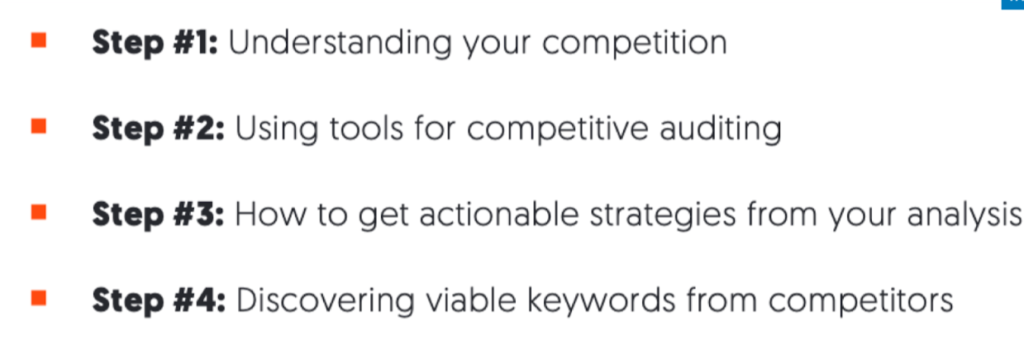
How many followers do they have compared to the amount of engagement they get? Do influencers share their content? What kind of audiences do they attract on each of their platforms?
Take care to notice the type of content they post and what platforms they use most, including how they interact with their audience. Pay attention to the quality of their content and whether it is curated or not.
When to Conduct a Social Media Audit
A social media audit is a valuable tool when it is completed properly. Nevertheless, just one social media audit isn’t going to cut it. Regular audits will keep your company on its desired path, meeting objectives and accomplishing goals.
It is up to you to determine how often you want to conduct a social media audit. Some organizations suggest quarterly or monthly, but it’s your duty know what your business needs.
Anyone Can Conduct a Social media Audit
You don’t have to be an expert to complete a social media audit. Audits are beneficial to organizations and individuals alike.
If you’re trying to grow your business, a social media audit may be in order.
If you’re trying to identify weaknesses in your social media marketing plan, a social media audit can help.
Even if you’re trying to get a job and want to clean up your online presence, a personal social media audit just might do the trick.
In Summary
- A social media audit does not have to be a scary task. It can be completed by anyone and is beneficial, even crucial to the success of a social media marketing plan.
- There are always opportunities for growth and development in terms of social media marketing. A social media audit simply helps you find those areas in need of attention.
- Analytic tools will be a huge help to you as you complete your social media audit. Don’t be afraid to use the free tools your social channels provide.
- One social media audit probably won’t solve all of your problems, so keep doing them as regularly as you see fit.
To get you started, here is a free social media audit assignment.
This assignment requires you to do a social media audit for Under Armour.
If you aren’t sure which social media platforms Under Armour is on, perform a Google search for Under Armour. Social media platforms usually have high authority and should show up on the first page of search results. However, don’t stop there. Scroll through the next 3-5 result pages to make sure you find all accounts that might have been created on some of the smaller social media platforms.
Believe it or not, businesses may neglect certain channels and find they are using out-of-date logos and different company descriptions across various channels. Simply compare each social profile and see how consistent each profile is.
View each social profile and simply count all of the metrics for the last 30 days Under Armour generated.
Evaluate the effectiveness of each social media platform.
Gather all of the data you found and analyze each social channel individually. This will help you to figure out which channel performs the best and why.
